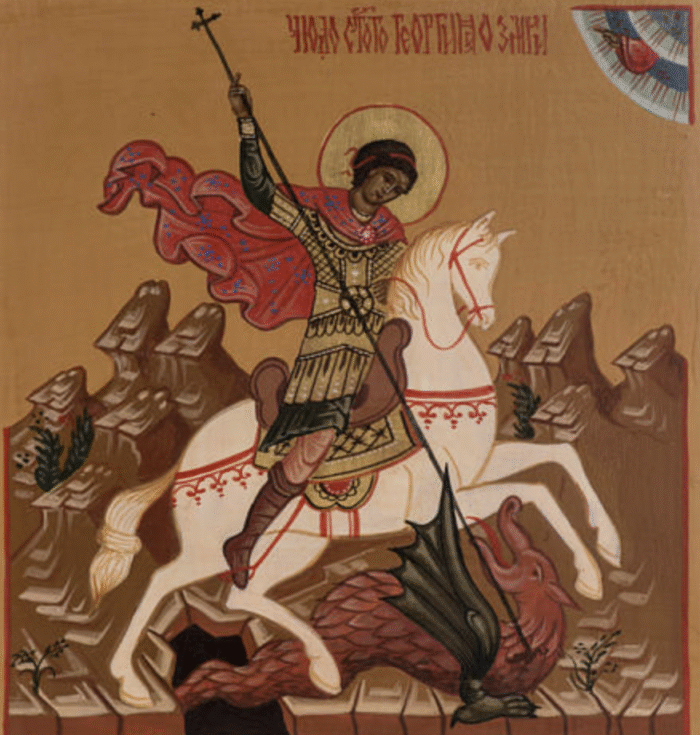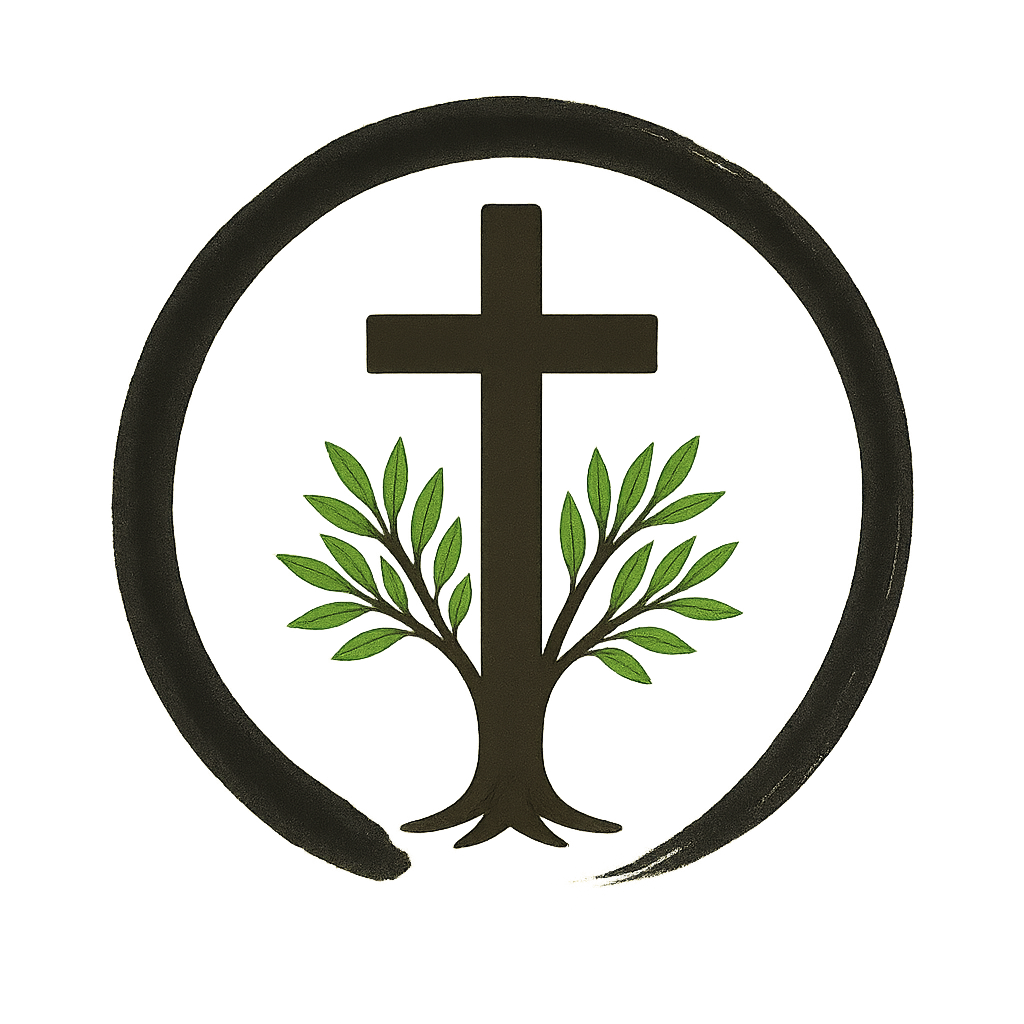The story of the self begins with wholeness
The story of the self begins with wholeness. We are born as unified beings, existing in a state of primordial completeness. But as we grow and develop a sense of self, this wholeness fragments. This journey is the ego-self.
The first half of life is a movement away from the self and the second half a return to it
This is the process of separation and reunion, a dynamic that shapes the entire arc of our lives.
The self is not only the center, but also the entire periphery, encompassing both the conscious and the unconscious. It is the center of this totality, just as the ego is the center of consciousness. The self is the whole, but the ego—our sense of individuality—is only a fragment. (C.G. Jung)
Problems arise when the ego dominates and acts as the sole source of our identity. In doing so, we ignore the vast, mysterious depths of the unconscious. This leads to a one-sided psyche, which leads to what Young calls psychic dissociation. The task then becomes to bridge this gap and restore the unity we once had—the original wholeness that lies dormant within us.
Paradoxically, we must look back to move forward
Wholeness is not a regression to childlikeness, but a restoration of childlike unity. However, this restoration harbors pitfalls, such as the desire to remain within the protective circle of the mother. A state of dependence leads to stagnation. This is the archetype of the man-child. An adult who has failed to develop true maturity requires the integration of the archetypal inner child while simultaneously assuming responsibility. The child, however, is the ultimate metamorphosis.
The child is innocence and forgetfulness. A new beginning, a play, a self-propelled wheel, a first movement, a sacred yes. (Nietzsche)
The metaphor of the child represents a return to the essential creativity and play of life. The child signifies a respite from the burden of the past and societal expectations—a rebirth in spontaneity and imagination.
However, this transformation is anything but simple
As adults, we suppress the qualities of play and wonder in favor of seriousness and responsibility. Our inner child becomes buried beneath the roles we assume, the expectations we try to fulfill, and the masks we wear to navigate social life. Yet that child remains within us, yearning for expression in the absence of integration. We may unconsciously yearn for this state of being.
We see this yearning in our nostalgia for the past or our attraction to stories and myths that rekindle our sense of wonder. Children live in a world of animism, a state in which everything is full of meaning. Objects become companions in their games, imbued with stories and personalities. This creative projection is not mere escapism but an essential part of their connection to the world. The debt we owe to the play of the imagination is immeasurable. Reconnecting with the inner child means rediscovering this imaginative vitality.
It's not about regressing to childishness, but rather embracing the capacity for creativity, joy, and wonder in our adult lives.
By integrating this part of ourselves, we open the door to a heightened state of consciousness, one that allows us to delve deeper into life's complexities and mysteries.
The process of disintegration and reintegration as the essence of human development
We are born whole. We break apart and must put ourselves back together again. This journey is the path to self-realization, where we not only rediscover our original wholeness but also transform it into something deeper. This transformation is not instantaneous, but requires effort, patience, and inner work.
Ancient wisdom also emphasizes the importance of discipline in this process. In the Secret of the Golden Flower, a traditional text, it is only written after 100 days of consistent work. Only then is the light real. Only then can one begin to work with the spiritual fire. In this context, the light represents a distinct state of consciousness that allows us to illuminate the darker, unconscious parts of ourselves.
It is high time to realize that it is pointless to praise and preach the light if no one can see it.
It is much more necessary to teach people the art of seeing.
The journey to wholeness is not linear
It is a circumnavigation—a spiral journey around the self. Every experience, every emotion, and every challenge we face is a step closer to the center. We can find comfort in this realization.
I began to understand that the goal of psychological development is the self. There is no linear evolution, only a circumnavigation of the self. This insight gave me stability, and gradually my inner peace returned. I found relief from the chaos, fear, suffering, and the relentless pursuit of external goals: money, fame, and power. These belong to the edge of the wheel. The center offers stability, peace, and transcendence. (C.G. Jung)
Christ - The Symbol of Self
This concept was often illustrated in medieval symbolism. Illustrated by the image of a wheel. The edge represents a king endlessly circling through states of power and loss. I reign. I have reigned. I have lost my kingdom, and I will reign. At the center of the wheel is Christ, a symbol of self. The message is clear: living on the edge means being at the mercy of life's unpredictability. At the center is the search for true freedom. The ancient Greeks had a term for the state of inner balance: apathy. It is not apathy, but a deep state of tranquility in which one remains undisturbed by external events.
The Stoics also valued this ideal teaching. It taught the dichotomy of control, focusing on what is within one's control and letting go of what is not. By viewing events as they are, rather than through the lens of our desires or fears, we can find a measure of peace amidst life's turmoil. Yet, like all states of harmony, apathy is temporary. It is not a permanent state, but a fleeting harmony.
A moment when the ego aligns with the self. This alignment nourishes the soul and offers insight into what it means to be whole.
Those who fail to achieve this alignment remain trapped on the edge of the wheel, trapped in cycles of fear and suffering.

